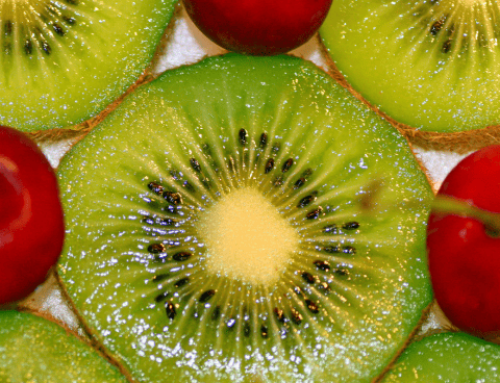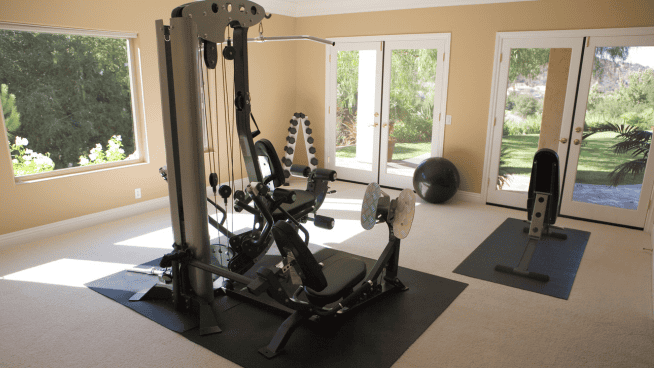Boxing history is loaded with famous punch combinations, hooks, or crosses leading to a TKO (total knockout). Boxers from the amateur level to professionals all want to master footwork and copy the fighting style of their idols. Any seasoned coach will tell you, however, there is one simple punch to master, and that is the jab. It is the one punch that sets the tone for the fight and can help set up a fighter for victory. In amateur boxing, the jab is a punch that can earn you points and may result in a win.
What is a jab punch?
The jab is the most basic punch in boxing and is often the first punch taught to new fighters. In boxing, there are two stances: orthodox and southpaw. If you are right-handed, you will stand in an orthodox stance in which your left foot and arm are forward-facing. Southpaws are left-handed and will stand with the right foot and arm forward facing. This lead arm will fire off the jab (also known as a “1” punch). While in the proper fighting stance, the lead fist is thrown straight ahead, starting from near the chin and fully extending outward to the target. As the fist makes contact with the target, it is rotated, so the knuckle of the thumb is pointing downward. For a more detailed description of how to throw a jab, visit https://youtu.be/OeedpzLRe2E.
Offense
Often, fighters will think of the jab as an offensive tool in the ring. Technically, it is one of your weaker punches when sparring or in a fight. The jab is often used to keep your opponent away from you. It provides a quick sting, creates some distance, and helps wear down your target. It can help buy some time and is often the setup for a combination.
Defense
The jab also serves as a defense tool in boxing. This is often overlooked by fighters, but seasoned trainers and coaches will know the importance of teaching the jab as a defense tool to their fighters. A boxer can use the jab defensively by:
Throw a light and quick jab to measure distance. This can help a fighter gauge how close or how far their opponent is so they can position themselves appropriately.
Throw repeated jabs to keep your opponent busy. Having to block or move out of multiple jabs can wear them down and allow you time to strategize.
Feint the jab. This means you pretend to throw a jab but do not fully extend or connect the punch. It can distract the other fighter and allow you to work in a combination.
Use the jab to buy time and rest. A 3 minute round can be exhausting. Throwing a series of light jabs will allow you time to breathe, rest, and create some distance. Throwing heavy combos or taking body shots wears you down. Firing off light jabs can give you crucial recovery time.
How to improve your jab
The jab is your most important punch. As fighters progress, they often spend time working on combinations and footwork, but one should always invest time in perfecting their jab. Below are some methods to improve your number one punch:
- Repetition. Practice makes perfect. A great way to work on the form, and endurance, is to spend one full round, or more, just throwing jabs. This can be done on a heavy bag, with mitts, or shadow boxing. Another approach is to throw 500 jabs. Record how long it takes you to complete this. And work to improve your speed and reduce time.
- Jab high, jab low. Yes, often the jab is coming straight forward; however, not every opponent will be your size, and not every jab has to go for the head. Learn to switch up your jabs by punching high, low (torso), and all around. This can be done by working jabs up and down a heavy bag or working with someone holding mitts, as they can have you “find the jab” by moving the target around.
- Strengthen. A power jab comes from a strong body. Boxers can work on building their power with such exercises as:
- Pushups
- Shadow boxing holding light weights in the hands
- Tall plank hold on the knuckles
- Sprinting (flat and hills) – helps with endurance and quick feet to get that jab in
As with any sport, working and mastering the basics can set you up for success. The jab will make or break you in the ring. Muhammad Ali threw jabs 90 percent of the time. Take time to work on this skill, and your sparring sessions will thank you.
For more articles on boxing and how to improve your training, CLICK HERE!
RECOMMENDED FOR YOU
MOST POPULAR
Boxing history is loaded with famous punch combinations, hooks, or crosses leading to a TKO (total knockout). Boxers from the amateur level to professionals all want to master footwork and copy the fighting style of their idols. Any seasoned coach will tell you, however, there is one simple punch to master, and that is the jab. It is the one punch that sets the tone for the fight and can help set up a fighter for victory. In amateur boxing, the jab is a punch that can earn you points and may result in a win.
What is a jab punch?
The jab is the most basic punch in boxing and is often the first punch taught to new fighters. In boxing, there are two stances: orthodox and southpaw. If you are right-handed, you will stand in an orthodox stance in which your left foot and arm are forward-facing. Southpaws are left-handed and will stand with the right foot and arm forward facing. This lead arm will fire off the jab (also known as a “1” punch). While in the proper fighting stance, the lead fist is thrown straight ahead, starting from near the chin and fully extending outward to the target. As the fist makes contact with the target, it is rotated, so the knuckle of the thumb is pointing downward. For a more detailed description of how to throw a jab, visit https://youtu.be/OeedpzLRe2E.
Offense
Often, fighters will think of the jab as an offensive tool in the ring. Technically, it is one of your weaker punches when sparring or in a fight. The jab is often used to keep your opponent away from you. It provides a quick sting, creates some distance, and helps wear down your target. It can help buy some time and is often the setup for a combination.
Defense
The jab also serves as a defense tool in boxing. This is often overlooked by fighters, but seasoned trainers and coaches will know the importance of teaching the jab as a defense tool to their fighters. A boxer can use the jab defensively by:
Throw a light and quick jab to measure distance. This can help a fighter gauge how close or how far their opponent is so they can position themselves appropriately.
Throw repeated jabs to keep your opponent busy. Having to block or move out of multiple jabs can wear them down and allow you time to strategize.
Feint the jab. This means you pretend to throw a jab but do not fully extend or connect the punch. It can distract the other fighter and allow you to work in a combination.
Use the jab to buy time and rest. A 3 minute round can be exhausting. Throwing a series of light jabs will allow you time to breathe, rest, and create some distance. Throwing heavy combos or taking body shots wears you down. Firing off light jabs can give you crucial recovery time.
How to improve your jab
The jab is your most important punch. As fighters progress, they often spend time working on combinations and footwork, but one should always invest time in perfecting their jab. Below are some methods to improve your number one punch:
- Repetition. Practice makes perfect. A great way to work on the form, and endurance, is to spend one full round, or more, just throwing jabs. This can be done on a heavy bag, with mitts, or shadow boxing. Another approach is to throw 500 jabs. Record how long it takes you to complete this. And work to improve your speed and reduce time.
- Jab high, jab low. Yes, often the jab is coming straight forward; however, not every opponent will be your size, and not every jab has to go for the head. Learn to switch up your jabs by punching high, low (torso), and all around. This can be done by working jabs up and down a heavy bag or working with someone holding mitts, as they can have you “find the jab” by moving the target around.
- Strengthen. A power jab comes from a strong body. Boxers can work on building their power with such exercises as:
- Pushups
- Shadow boxing holding light weights in the hands
- Tall plank hold on the knuckles
- Sprinting (flat and hills) – helps with endurance and quick feet to get that jab in
As with any sport, working and mastering the basics can set you up for success. The jab will make or break you in the ring. Muhammad Ali threw jabs 90 percent of the time. Take time to work on this skill, and your sparring sessions will thank you.
For more articles on boxing and how to improve your training, CLICK HERE!










